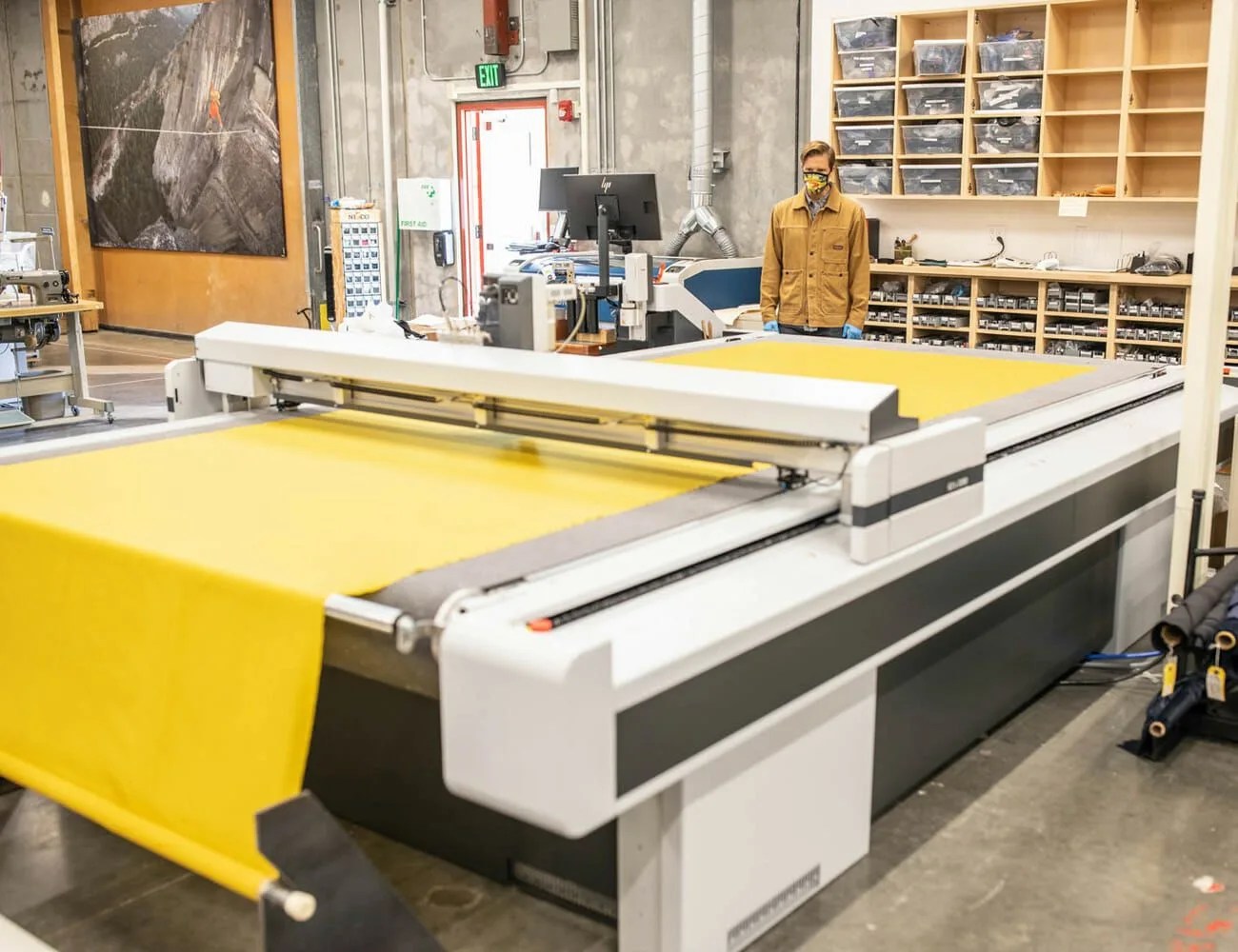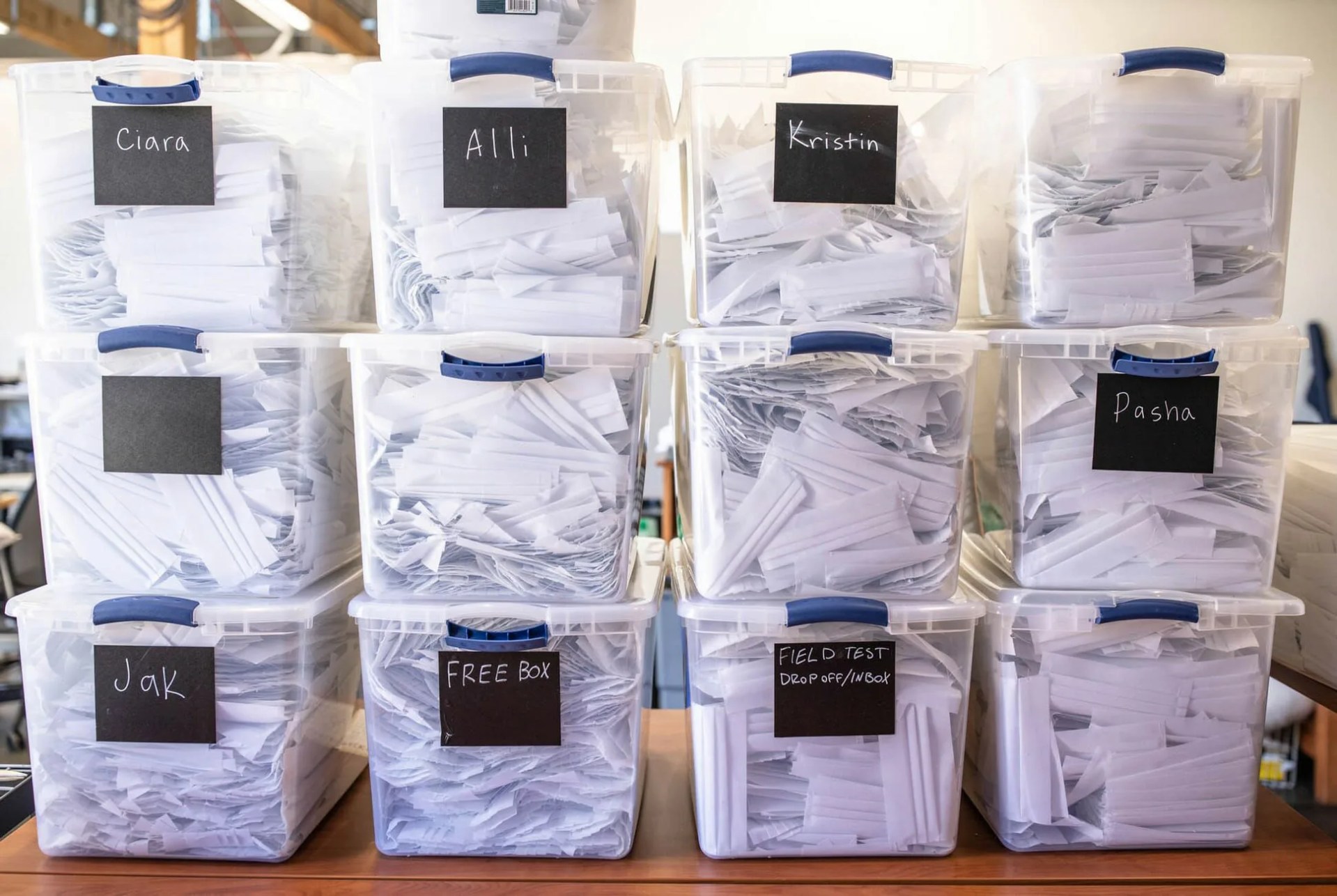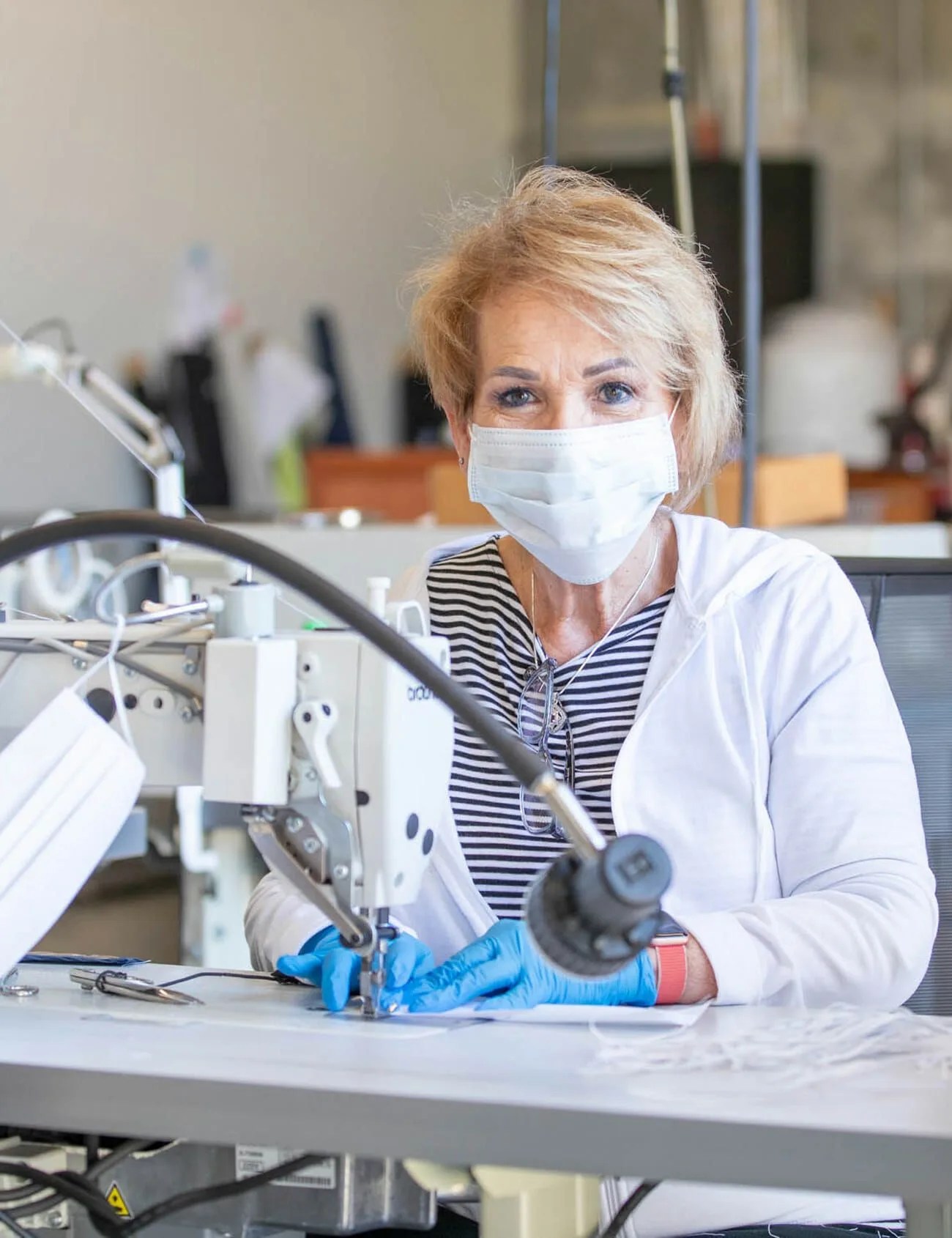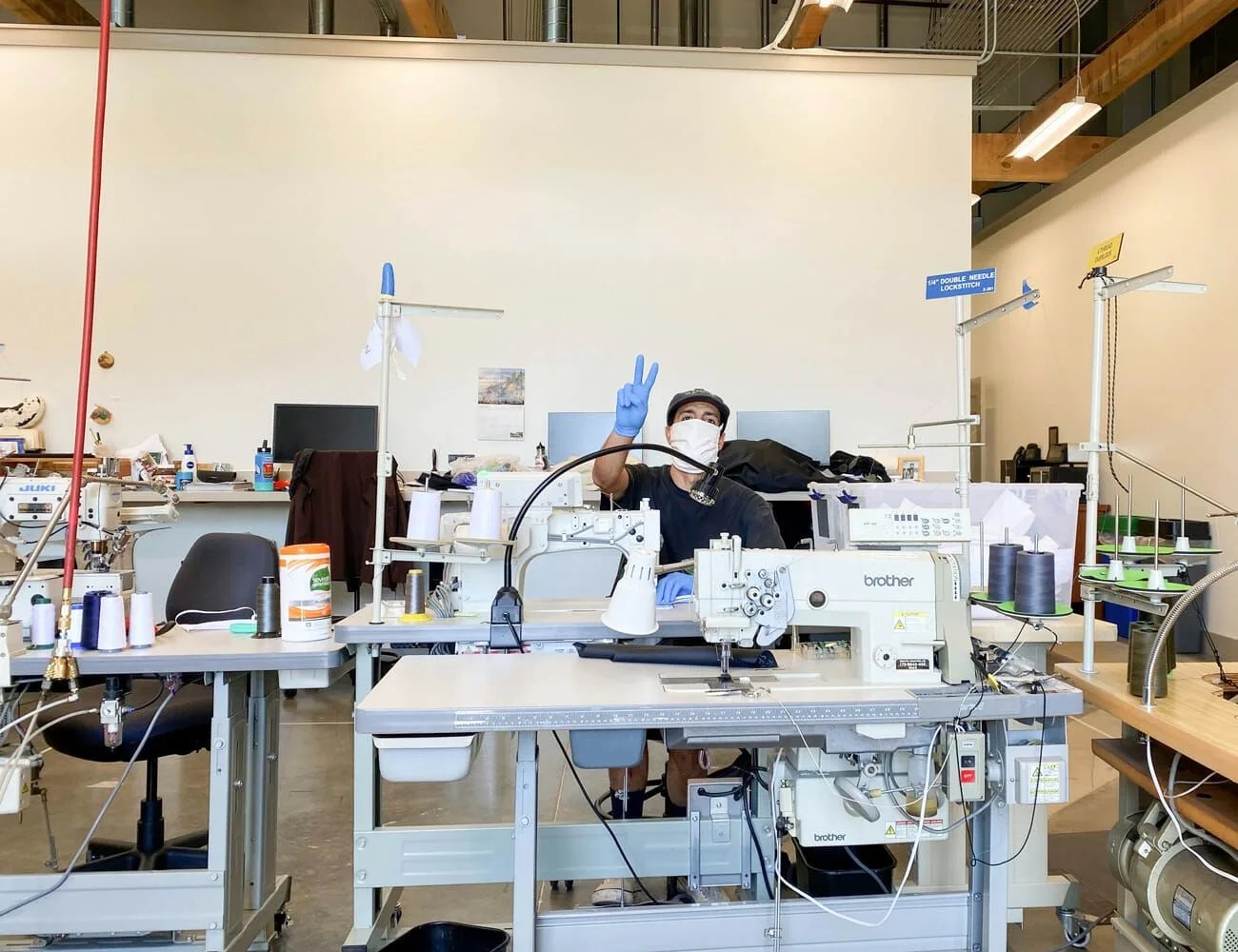Sit around a campfire long enough and you’ll eventually hear a tale about the Forge, an almost mythic building at Patagonia. Named after the tin shed that Yvon Chouinard used to make climbing pitons in the late ’60s, Patagonia’s Advanced R&D Center is filled with a half century of folklore, wild ideas and nixed prototypes that never saw the light of day. Yet because most of the work done in the Forge is years from retail shelves, few know what actually goes on inside.
“It’s both an art and a craft to design the future of outdoor apparel, but saying that sounds pretty intense,” observes Glen Morden, the brand’s VP of product innovation, materials and development — a.k.a. the guy who runs the place. “The Forge is a safe place for tinkering and a resource for the entire company to try new things. We use it to create new products and improve what’s already out there. It’s where we created the Micropuff Jacket, the new Descentionist Pack and Das Parka, to name a few.”
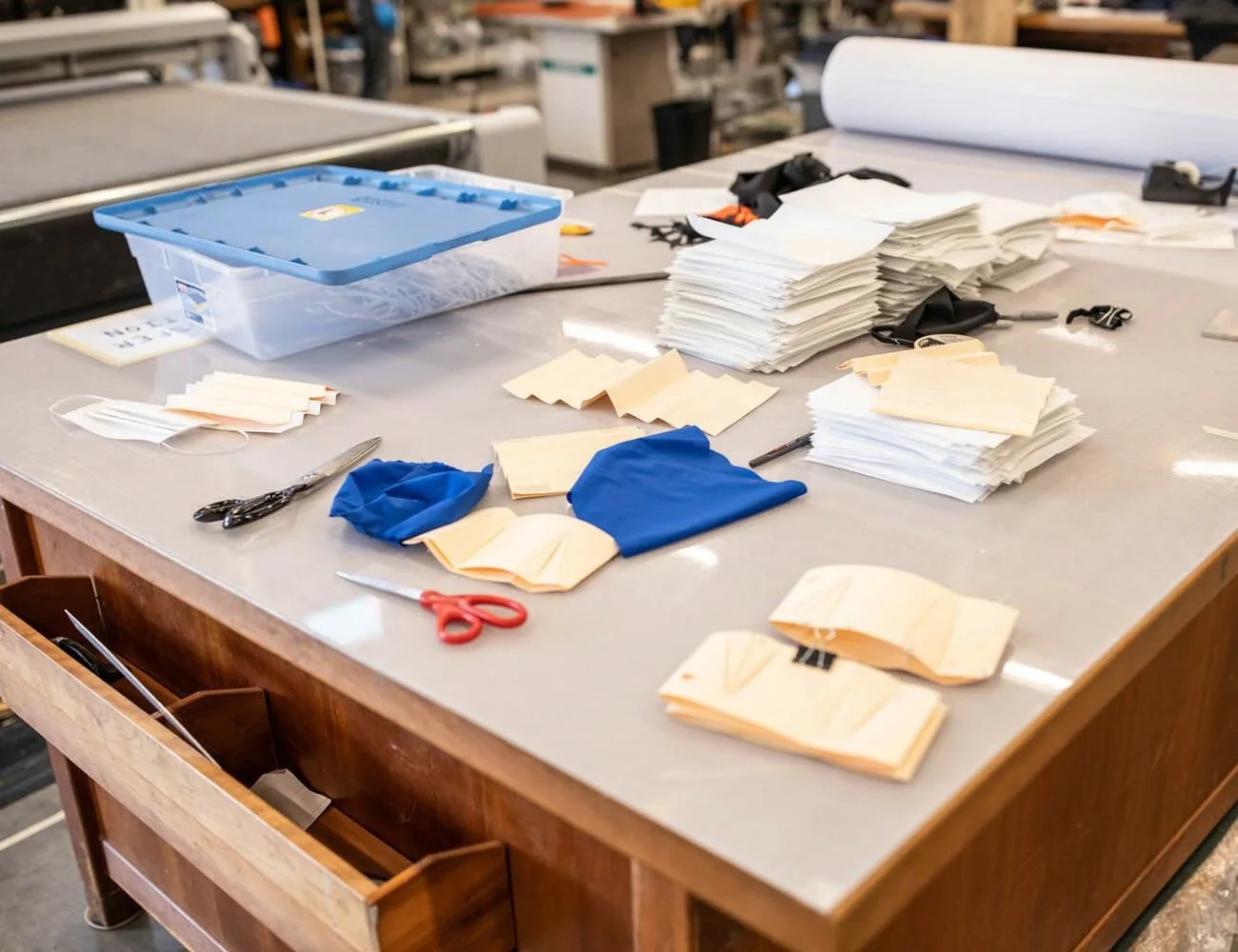
Since its formal establishment over a decade ago, the Forge has become the heart(h) of the iconic brand, helping develop nearly all of the leading edge and highly technical products made by Patagonia. It’s the nucleus of product creation and a library of knowledge about materials, form, fit and production.
“The space replicates a manufacturing floor, which helps designers test things at scale,” Morden explains. “We have every machine here that’s in our manufacturing centers and a support staff of engineers and technicians who run them proficiently. The core team is just 25, but many more pass through every day.”
Shifting Gears in a Crisis
On the cusp of diving into the good stuff — future shells, synthetics and proprietary secrets — Morden pivots to the elephant in the room: COVID-19. Like all “non-essential” California businesses, Patagonia shut its doors on March 13th, when the governor announced the state’s shelter-in-place order. Employees, including all of the designers who work at the Forge, were tasked with working from home.
